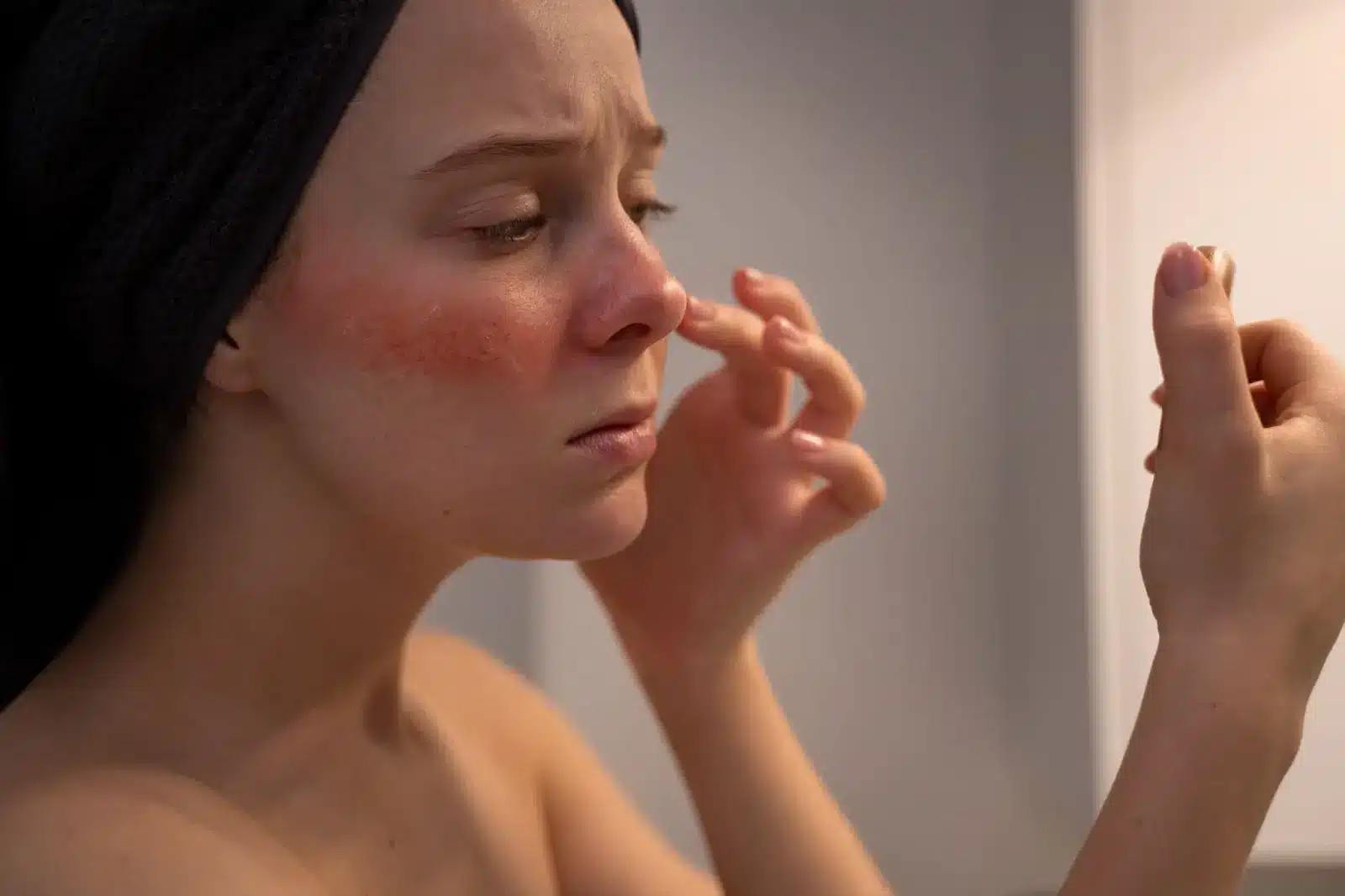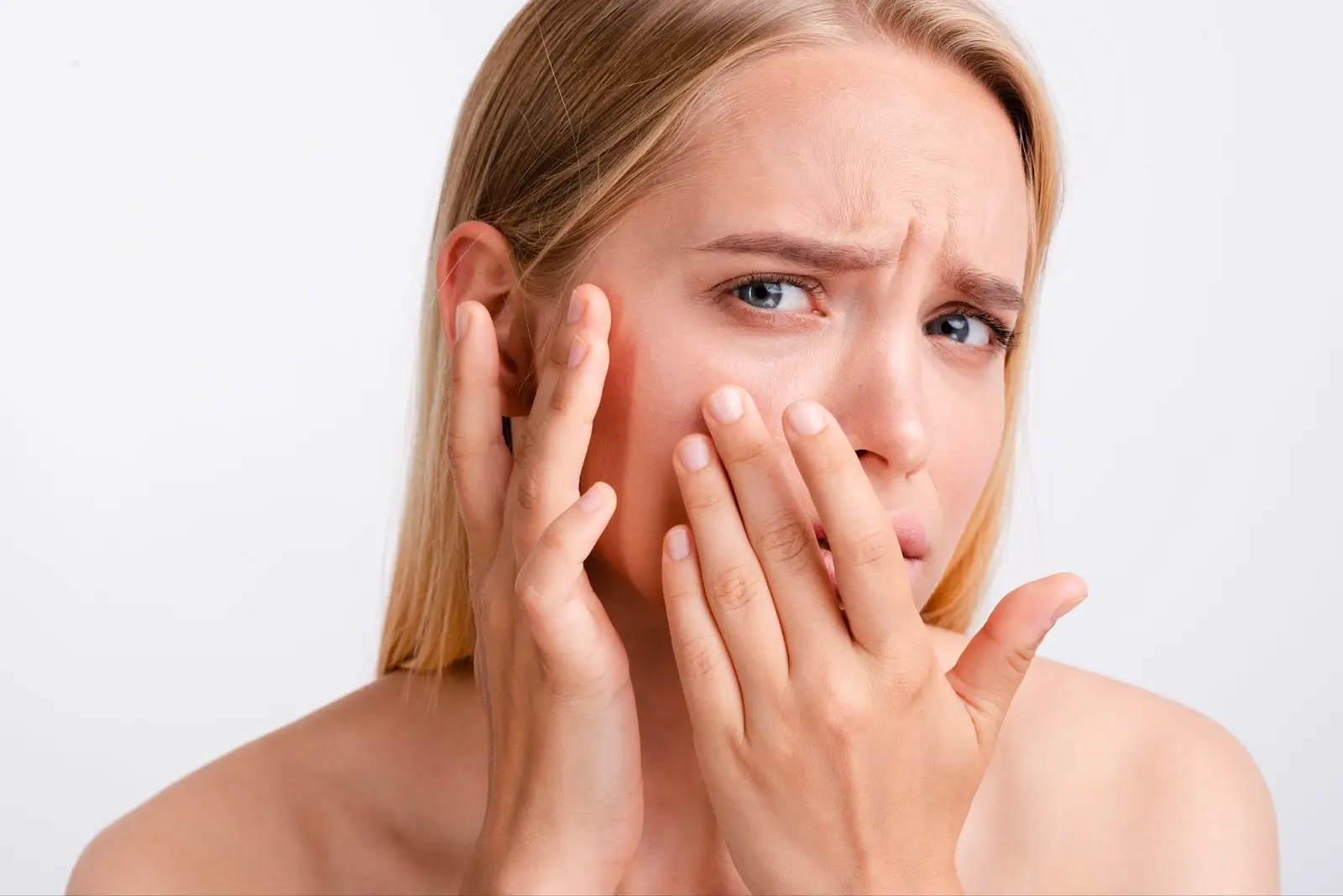
While many cosmetic treatments promise glowing results with minimal downtime, it’s still important to understand what your skin might experience along the way. Even non-invasive procedures can lead to temporary side effects — and being informed helps you make the best choices for your skin health and comfort.
PRX-T33 is a next-generation bio-revitalizing peel that blends 33% trichloroacetic acid (TCA) with hydrogen peroxide and kojic acid. Designed to refresh the skin without the visible peeling associated with traditional chemical peels, it has quickly gained popularity for improving texture, fine lines, and overall radiance. Despite its gentler profile, some users may notice mild reactions after treatment.
In this article, we’ll walk through the full list of PRX-T33 side effects, what causes them, and how you or your patients can minimize discomfort. Whether you’re a provider offering this treatment or someone considering it for yourself, this guide provides a clear, trustworthy overview of what to expect.
Key Takeaways
- PRX-T33 is generally well-tolerated, with most side effects being mild, such as redness, tightness, tingling, or slight dryness — all of which are part of the skin’s regenerative response.
- Rare but serious complications like hyperpigmentation, allergic reactions, infections, scarring, or chemical burns can occur if protocols are not followed or if treatment is done on compromised skin.
- Patient selection is essential — PRX-T33 is not recommended for individuals with active infections, recent sunburn, rosacea, atopic dermatitis, or recent use of isotretinoin. Pregnant or breastfeeding individuals should avoid treatment.
- Proper pre- and post-treatment care plays a critical role in minimizing risks and optimizing results. Sun protection, hydration, and avoiding irritants are significant.
- When administered by trained professionals using personalized protocols, PRX-T33 provides a safe and effective way to enhance skin texture, tone, and radiance — with visible results that gradually improve over multiple sessions.
About: Doctor Medica is your trusted supplier of top-quality dermal fillers, viscosupplements, and more for your medical practice. We offer genuine products from leading brands at the lowest prices in the market. If you’re looking to order PRX T33 online for your practice, contact Doctor Medica today.
Common and Mild Side Effects After PRX-T33 Treatment

Like many cosmetic treatments, PRX-T33 can trigger temporary skin responses as the body begins its natural regenerative process. These effects are generally mild, short-lived, and indicative of the treatment’s stimulation of collagen production and skin renewal. Knowing what’s normal can help patients feel reassured and informed.
- Redness (Erythema): A slight flush is often visible right after treatment, reflecting increased blood flow to the skin. This typically fades within a few hours to one day.
- Tingling or Warmth: Some patients report a gentle stinging or warming sensation during or shortly after the procedure. This is a typical response as the solution penetrates the skin.
- Dryness or Light Flaking: While PRX-T33 doesn’t cause visible peeling like traditional chemical peels, some individuals may notice minor dryness or flaking as skin cells begin to renew.
- Mild Swelling: Temporary puffiness, especially around sensitive areas like the eyes, can occur but tends to resolve quickly on its own.
- Tightness and Radiance: Many patients describe their skin feeling firmer and looking brighter right after the session. While a welcome effect, the sensation of tightness can feel unfamiliar at first.
These PRX-T33 side effects are usually short-term and well-tolerated. They are signs that the treatment is working beneath the surface to stimulate healthy skin turnover and collagen production.
Rare but Serious Risks of PRX-T33 and When They Occur

While most people respond well to PRX-T33, there are rare risks that patients and providers should be aware of. These complications are uncommon, but they tend to arise when the treatment is misused, used on compromised skin, or performed without proper aftercare.
- Post-inflammatory Hyperpigmentation: Dark spots may develop, particularly in individuals with darker skin tones or those who are exposed to UV rays too soon after treatment. Sun protection is essential in helping to prevent this.
- Allergic Reactions: Although infrequent, sensitivity to trichloroacetic acid (TCA), kojic acid, or hydrogen peroxide can cause itching, rash, or persistent redness. Seek medical advice immediately if symptoms appear.
- Infections: When aftercare is not followed or the skin barrier is compromised, there is a risk of bacterial or viral infection. This risk is low but underscores the importance of hygiene and professional supervision.
- Scarring: Rare and usually linked to improper application or a personal history of keloids or delayed wound healing.
- Chemical Burns (Very Rare): When PRX-T33 is applied to broken or inflamed skin, it can lead to burns or prolonged irritation. This is why screening for skin conditions before treatment is critical.
These complications underscore the importance of selecting an experienced provider and adhering closely to aftercare instructions. When done correctly, serious risks are avoidable, and the treatment remains safe and effective for most patients.
Patient Selection and Contraindications for PRX-T33 Safety
Not everyone is an ideal candidate for PRX-T33. Identifying contraindications beforehand helps ensure a safer, more personalized treatment plan. Patients should avoid PRX-T33 if they have:
- Active skin infections (bacterial, viral, or fungal)
- Sunburn or recent exposure to tanning beds
- History of keloid formation
- Pregnancy or breastfeeding
- Rosacea or atopic dermatitis
- Recent isotretinoin (Accutane) use within the past 6–12 months
Patients using retinoids, strong exfoliants, or harsh skincare products should pause these products before treatment to avoid irritation. A thorough consultation helps providers assess skin health, medical history, and goals, tailoring the treatment plan to minimize complications and support safe, effective results.
Managing and Preventing Side Effects with Proper PRX-T33 Protocols
The best way to minimize side effects is to follow pre-treatment and post-treatment protocols carefully — and always receive treatment from a trained professional.
Before Treatment
- Avoid sun exposure, harsh exfoliants, and retinoids for several days.
- Use gentle cleansers and moisturizers to keep the skin balanced.
- Disclose any recent medications, breakouts, or skincare treatments.
During treatment: The provider should assess the skin in real-time and adjust application based on skin type, sensitivity, and desired outcomes.
After Treatment
- Apply a hydrating moisturizer and use a broad-spectrum SPF daily.
- Avoid exfoliants, retinoids, and direct sun exposure for several days.
- Follow all aftercare instructions to support healing and avoid complications.
Lifestyle habits like not smoking, staying hydrated, and limiting alcohol intake can further support collagen remodeling. These small steps significantly influence both safety and visible results, especially when reviewing PRX-T33 before and after transformations across multiple sessions.
Conclusion
PRX-T33 is a non-invasive yet powerful skin treatment that offers real benefits with minimal downtime. While most side effects are mild and temporary, understanding the full range of potential reactions — from redness and dryness to rare complications — helps patients make informed decisions.
Working with a qualified provider, following tailored treatment plans, and sticking to aftercare instructions are key to achieving safe and satisfying results. When used correctly, PRX-T33 can be a game-changer in addressing fine lines, pigmentation, and acne scars—all while maintaining skin integrity.
FAQs
1. How long do PRX-T33 side effects last?
Most mild effects, such as redness, tightness, or tingling, typically fade within a few hours to two days. Rare complications may persist for an extended period and necessitate professional follow-up.
2. Can PRX-T33 cause permanent damage?
Permanent damage is extremely rare. Risks like scarring or prolonged pigmentation tend to occur only when the product is misused or aftercare is ignored.
3. Is PRX-T33 safe for all skin types?
Yes, with proper precautions. Patients with darker skin may need adjusted protocols to lower the risk of hyperpigmentation.
4. What should I avoid after PRX-T33 treatment?
Steer clear of sun exposure, exfoliants, retinoids, and harsh skincare. Use gentle cleansers, stay hydrated, and apply sunscreen daily to protect and heal the skin.
References
Pakla-Misiur A, Grochowiec M, Lesiak A, Bednarski I. Double-blind, randomized controlled trial comparing the use of microneedling alone vs chemical peeling alone vs a combination of microneedling and chemical peeling in the treatment of atrophic post-acne scars. An assessment of clinical effectiveness and patients’ quality-of-life. Advances in Dermatology and Allergology. 2021;38(4):629-635. doi:10.5114/ada.2021.108913
Gold MH, Wilson A, Biron JA. Treatment of Mild to Moderate Facial Chrono- and Photodamage with a Novel Intense Liquid Trichloroacetic Acid Peel. Published January 1, 2022. https://pmc.ncbi.nlm.nih.gov/articles/PMC8903233/
Surowiecka A. Combined therapies in scar treatment—The role of autologous derived agents in scar remodeling: A series of cases. Dermatologic Therapy. 2022;35(11). doi:10.1111/dth.15877
Related Articles
Joanna Carr
PPE For Covid-19: All That You Need To Know
Interested in learning more about PPE For Covid-19: All That You Need To Know? Browse Doctor Medica's comprehensive archive of blog posts.
Joanna Carr
Orencia Side Effects – Common and Serious Reactions
Explore the common and serious side effects of Orencia. Learn how to identify and manage reactions to ensure safe and effective treatment for autoimmu...
Joanna Carr
Durolane Injections – All About the Product
Learn all about Durolane injections, a hyaluronic acid-based treatment for joint pain relief, including benefits, effectiveness, and what to expect.


